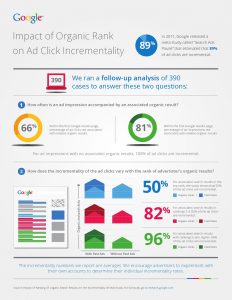
A vital component of local SEO is adding fresh content. This is one of the reasons why many websites don’t show up on the first page when someone types a query in Google. By using keywords in your content, you can tell customers what you do and what kind of services you offer. When writing new content, be on the lookout for keywords that you haven’t used yet. These are your golden nuggets for local SEO marketing.
Google’s basic local search algorithm involves location and service. Adding content to your site that contains these keywords will boost your SERP location. These terms can appear in pillar content, blogs, and social posts. For example, your “About Us” page could mention how well your business serves the town. Or, your blog could feature posts describing the best Honda deals in Northwestern Montana. By adding content that’s relevant to the town, your business will rank higher in local search traffic.
Using reviews is essential for local SEO. Also, geo-targeted service pages should specify which parts of the world your business serves. Maps of your business should include schema markup. While this can be tricky, using multiple locations in your local SEO marketing strategy can give you a significant bump in revenue. And don’t be shy about getting reviews. As long as you have a good online presence, local SEO can lead to huge profits.
Local search results also contain reviews. Consumers trust reviews because they are backed by relevant information. Google statistics show that 87% of consumers read reviews when looking for local businesses. And 73% of consumers only pay attention to reviews written within the past month. And 48% of them wouldn’t use a business if the review was less than 4 stars. That’s why the number of reviews that your business receives on local search pages is a crucial factor in your organic SEO campaign.
Local SEO services employ different strategies and components to help you get a top ranking in Google. They use data from your business and website to rank you for local search terms. Because local searches are so popular, local SEO is vital for your visibility. In fact, 60 percent of people expect search results to be customized to their location. On top of that, 78 percent of people who do local searches visit the business within a day and make a purchase.
Google has been making efforts to implement local business information in its search results for nearly a decade. Since then, it has ramped up local SEO parameters in its search algorithm. Google rolled out its first local SEO update in 2012, focused on NAP citations and local results. If your NAP is inconsistent, Google can easily pass you. By leveraging local SEO, you can generate more leads in your area and keep your business on top of local search.
In addition to online searches, local SEO is effective for mobile searches. While people may be searching for local businesses on their home computers, most of them are actually in the area. In addition to smartphones, they use tablets to look for local businesses and find reviews. As a result, if your listing appears in the top three results, you will likely get the attention of these consumers. With local SEO, your local business will show up in these searches and earn more business from consumers who are looking for your products and services.
Another strategy to boost local SEO is local business directories. Many online sources of information about your local business are free and will boost your search engine ranking. If your business has a website, you should create a page about it on it and share updates and pictures on it. Local baseball teams will link to your page to show their support. Local SEO can also generate backlinks. So how do you make local SEO work for you? Listed below are some free local SEO tools that can help.
Meta titles and descriptions tell users what your website is all about. Use keywords that people searching for your services will likely be looking for. Include the name of your location in the meta title and description. Make sure that your website has a location-oriented page. If you have a physical location, use GPS-enabled maps. You can also make sure that your website is mobile-friendly by adding a microD. Your website should be compatible with mobile devices to increase local SEO.




